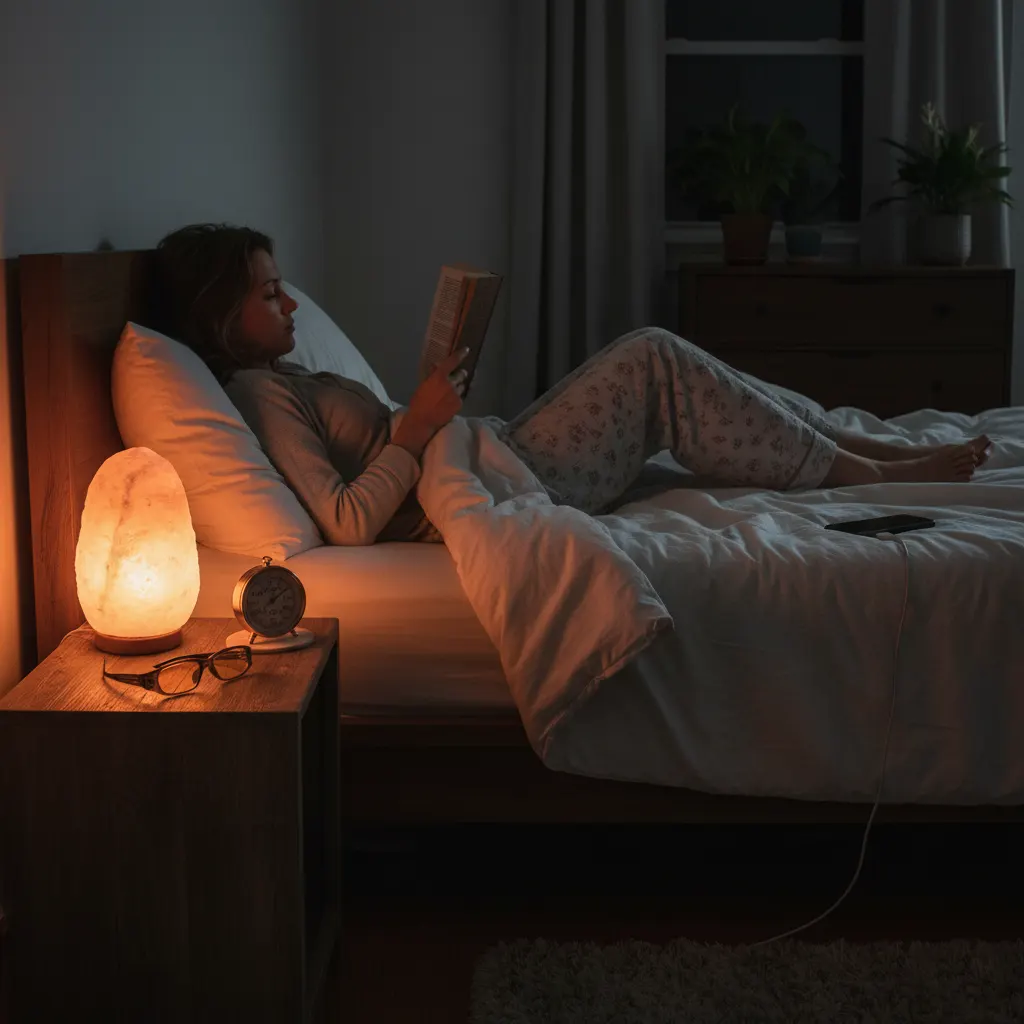We’ve all been there—scrolling through social media at 2 AM, watching a Silicon Valley tech CEO describe their elaborate morning routine involving ice baths, infrared saunas, and supplements with names you can’t pronounce.
While the biohacking world can feel overwhelming and expensive, the truth is simpler: the most effective habits are often the most timeless.
Let’s cut through the noise and focus on science-backed biohacks—habits proven to improve health, focus, and energy for people in the United States.
1. Morning Sunlight: Your Built-In Circadian Reset Button
Before you reach for your phone, step outside. Getting morning sunlight exposure within the first hour of waking is one of the most powerful (and free) biohacks available.
Sunlight triggers hormonal signals that regulate your sleep-wake cycle, boost mood, and support metabolic health.

The science: Morning light helps align your circadian rhythm, increasing daytime alertness and improving nighttime sleep quality. The National Institutes of Health (NIH) and Sleep Foundation both highlight the role of natural light in maintaining healthy sleep patterns.
How to implement: Spend 10–15 minutes outdoors within an hour of waking. Skip sunglasses if possible—your eyes need direct light exposure (not through glass).
2. Strategic Caffeine Timing: Wait 90 Minutes
That early-morning coffee might be hurting your energy levels. When you first wake, cortisol levels are naturally high—so drinking caffeine too soon can dull your natural rhythm.
The science: Cortisol typically peaks 30–45 minutes after waking. Waiting 90–120 minutes before your first cup lets your body’s natural energy curve work as designed. Learn more at Healthline.
How to implement: If you wake at 7 AM, aim for coffee between 9:30–10:30 AM. You’ll feel more alert and need less caffeine overall.
3. The Email-Free First Hour
The most effective people in America protect their morning cognitive bandwidth. Checking email first thing drains focus on other people’s priorities.
The science: According to University of California, Irvine research, it takes an average of 23 minutes to refocus after a digital distraction.
How to implement: Keep your phone in airplane mode for the first hour of your day. Use that time for deep work, journaling, or creative thinking.
4. Movement Snacking: Exercise Without the Gym
You don’t need a fancy gym or Peloton. “Exercise snacks”—short bursts of activity—can offset long sitting hours common in the American workday.
The science: Harvard Health Publishing reports that breaking up sedentary time with brief activity boosts insulin sensitivity and lowers cardiovascular risk.
How to implement: Do 20 air squats, walk briskly for 2 minutes, or stretch every hour. Six 5-minute “movement snacks” equal a 30-minute workout.
5. Protein Front-Loading: Start Strong

What you eat for breakfast sets your day’s tone. A high-protein breakfast balances blood sugar and controls appetite.
The science: The Mayo Clinic notes that protein keeps you fuller longer and supports lean muscle maintenance.
How to implement: Eat 30–40 grams of protein within an hour of waking—eggs, Greek yogurt, or a protein smoothie.
6. The Two-Minute Rule: Destroy Procrastination
If it takes less than two minutes—do it now. Popularized by David Allen’s “Getting Things Done,” this habit prevents procrastination and builds momentum.
The science: Studies published in the Journal of Behavioral Medicine show that completing small tasks reduces stress and improves mood.
How to implement: For larger projects, just start—the first two minutes create the activation energy you need.
7. Strategic Temperature Manipulation
Temperature affects sleep, recovery, and metabolism.
The science: A Cleveland Clinic study found that optimal sleep occurs between 65–68 °F. Cold showers or face splashing can also boost energy and brown fat activation.
How to implement: Keep your bedroom cool, take a warm shower 90 minutes before bed, or finish your morning shower cold to enhance alertness.
8. Strategic Breaks: The 52-17 Method
Work smarter, not longer. The best performers in U.S. offices work in 50–60 minute focus intervals, followed by short recovery breaks.
The science: Data from the Draugiem Group productivity study shows that the most productive workers follow a 52-minute focus / 17-minute rest rhythm—mirroring natural ultradian cycles. (Inc.com)
How to implement: Work in focused sprints, then take complete mental breaks—no scrolling or email.

9. Evening Light Hygiene: Dim the World
If morning light wakes you, evening darkness helps you sleep.
The science: Harvard Health warns that blue light from devices suppresses melatonin by up to 50%, delaying sleep. Even one hour of screen time can disrupt rest.
How to implement: Use warm bulbs (1800–2700 K), enable night mode on devices, or wear blue-light blocking glasses at night.
10. Social Connection: The Most Underrated Biohack
The Harvard Study of Adult Development, an 80-year project, found that strong relationships—not wealth—are the greatest predictor of health and happiness. (Harvard Gazette)
The science: Loneliness raises inflammation and mortality risk by 26%, per the Centers for Disease Control and Prevention (CDC).
How to implement: Schedule weekly in-person time with friends and family. Join a hobby group or call instead of texting.
The Real Secret: Consistency Over Complexity
Forget gadgets and supplements. The most effective Americans succeed through simple, repeatable fundamentals:
☀️ Morning sunlight
☕ Smart caffeine timing
💪 Regular movement
🥚 High-protein meals
💤 Quality sleep
❤️ Strong relationships
These are science-backed habits that truly work—for energy, focus, and longevity in everyday American life.
#Biohacking #Productivity #HealthyHabits #MorningRoutine #Wellness #SleepOptimization #HealthTips #Focus #Longevity #USAHealth #MindBodyPerformance #EnergyBoost


